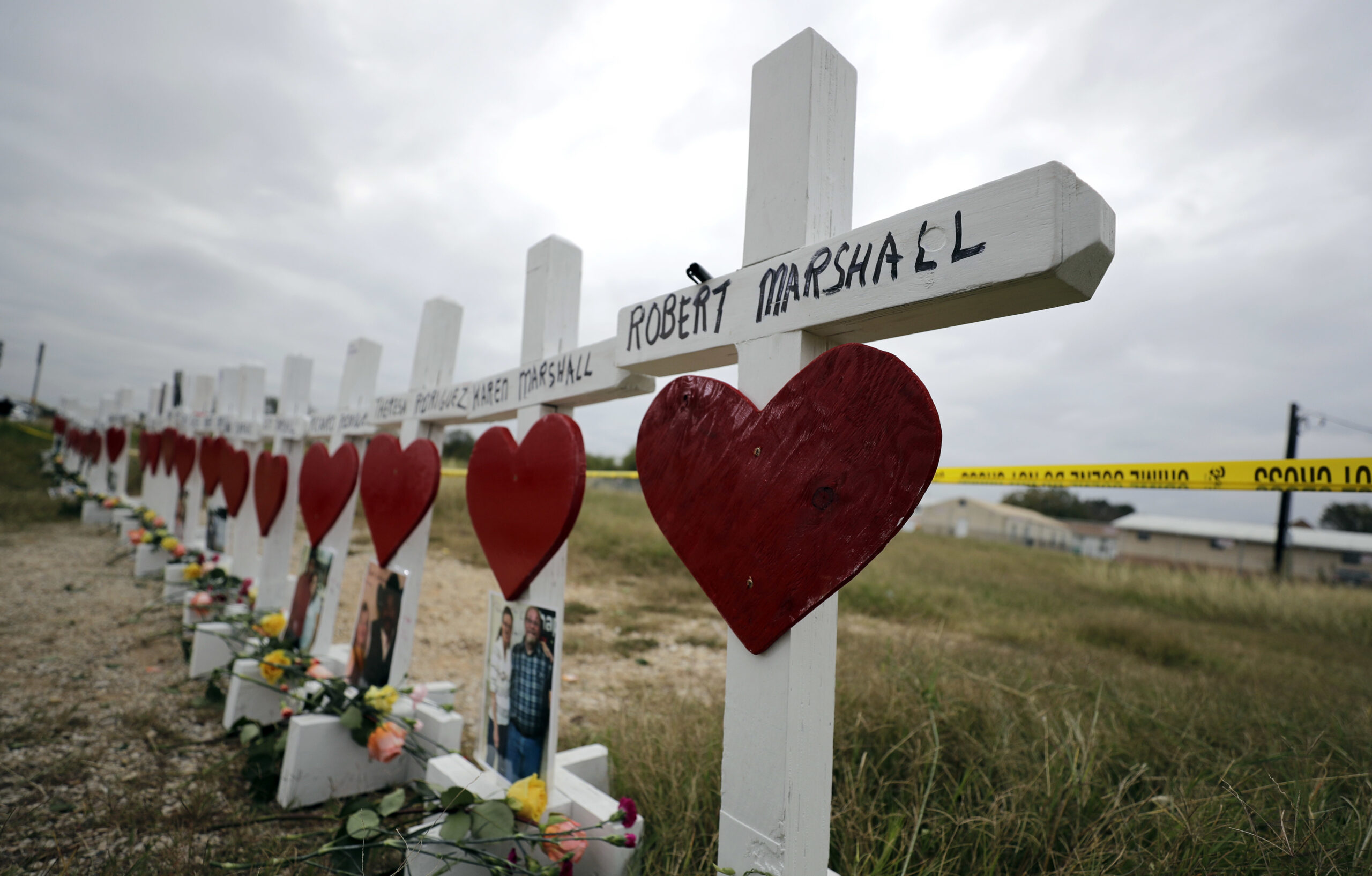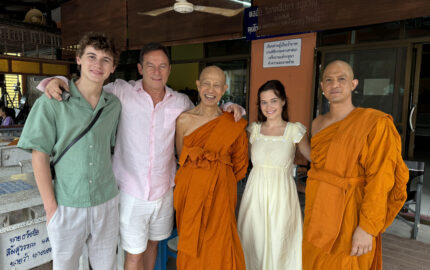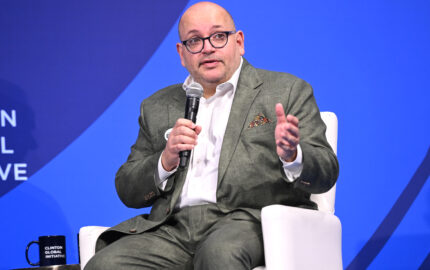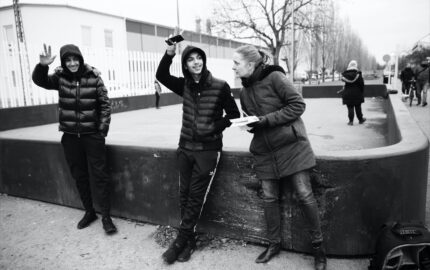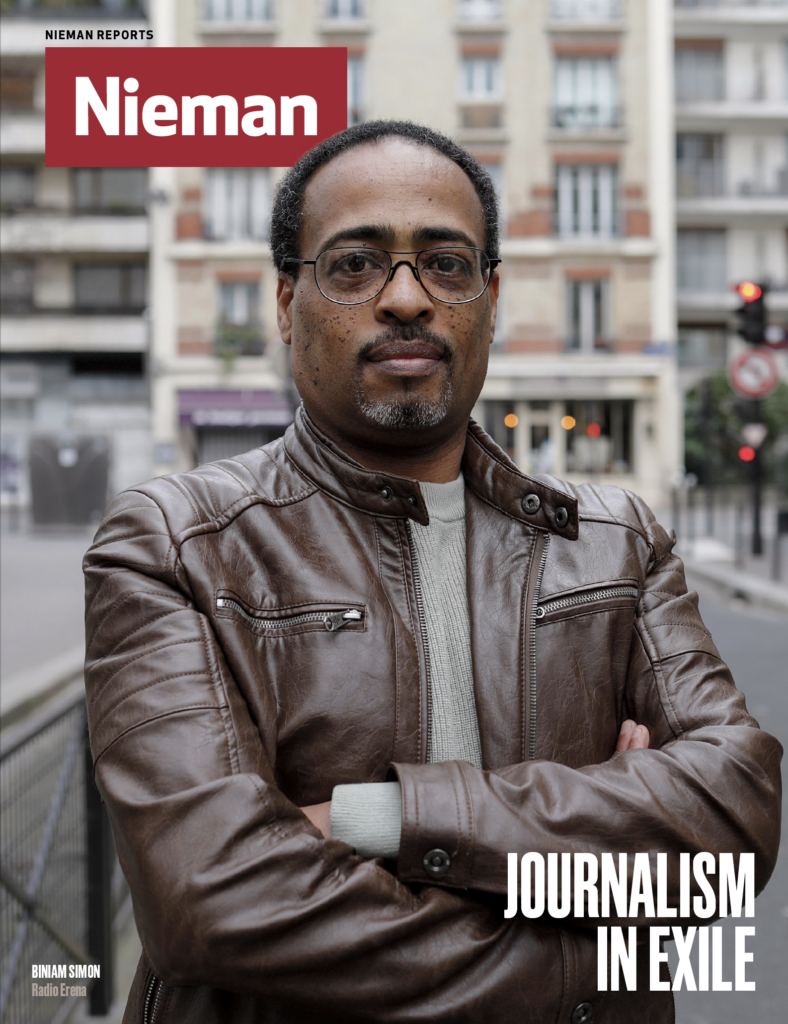
Across the globe, press freedoms have eroded, with Reporters Without Borders (RSF) citing a record 28 countries as having “very bad” press freedom violations in 2022, with 42 classified as “difficult,” 62 as “problematic,” and just eight as “good.”
Under these conditions, many reporters have left their homes out of fear for their lives or those of their families and friends — and have continued the work they started in their home counties by founding news outlets in exile. Some report or edit from outside the country with correspondents operating clandestinely from within.
Newer technologies like secure messaging apps help greatly, as does access to leaked documents, but verification becomes substantially harder across borders. Hostile governments obfuscate and deliberately feed exile outlets false information to tank their credibility.
Nieman Reports’ Spring 2023 issue spotlights the media outlets that are continuing to conduct vital reporting and hold the powerful account from afar, setting up posts in France, Thailand, Costa Rica, and beyond.
Lisa Krantz, NF ’20, is on a quest to minimize the harm journalists do to trauma survivors
On a late October day, I sat on the floor of a temporary church building, poised to document the emotions of Sherri Pomeroy on what would have been the 15th birthday of her daughter, Annabelle Pomeroy, who was killed in a mass shooting in their church at the age of 14. It had not yet been a year since the shooting, but I had been documenting the congregation’s recovery for 11 months.
At that moment, I decided to apply for the Nieman fellowship to study the intersection of journalism and trauma — specifically the relationships between photojournalists and the people they photograph during times of sustained trauma. During my Nieman year, I decided to change paths, and a year later I quit my full-time staff photographer job at the San Antonio Express-News and arrived as a first-year PhD student at the University of Missouri’s journalism school, 24 years after I had last been in school as a grade-earning student.
From the church shooting survivors, I heard repeatedly about their negative experiences with journalists, especially in the immediate aftermath. I began this journey to study the experiences of people on the other side of the camera, what it is like for them when the worst moments of their lives are displayed on the front pages of print publications, websites, and television news, and they may not have even known they were being photographed or filmed.
My first semester I wrote a paper titled, “Balancing the public’s right to know and recording history while minimizing harm and preserving dignity,” making an argument for a pool coverage- type system for covering mass shootings. My first writings about this were guided by the narrative writing class with Steve Almond at Lippmann House. The encouragement from Steve and the fellows who critiqued my writing was extremely influential in launching me on this path.
While my focus is the experience of the people whose stories we are trying to tell, I’m drawn to the experience of photojournalists as well. I’m researching the cumulative impact of covering mass shootings on Texas-based photojournalists, secondary traumatic stress, and the possibility of moral injury after work-related trauma exposure. I’m also conducting research exploring where photojournalists fit into the newsroom hierarchy, as they are absent from much of the academic literature on journalism, specifically in the Hierarchy of Influences model, a framework used to analyze five levels of influence on media content.
I started on this path to understand what I feel hurts journalists and hurts people being photographed and reported on in traumatic situations. Nobody debates that we have need to cover these stories, but we should debate, and hopefully agree, there are better ways to do it, minimizing harm to both the people we report on and to ourselves as journalists.
